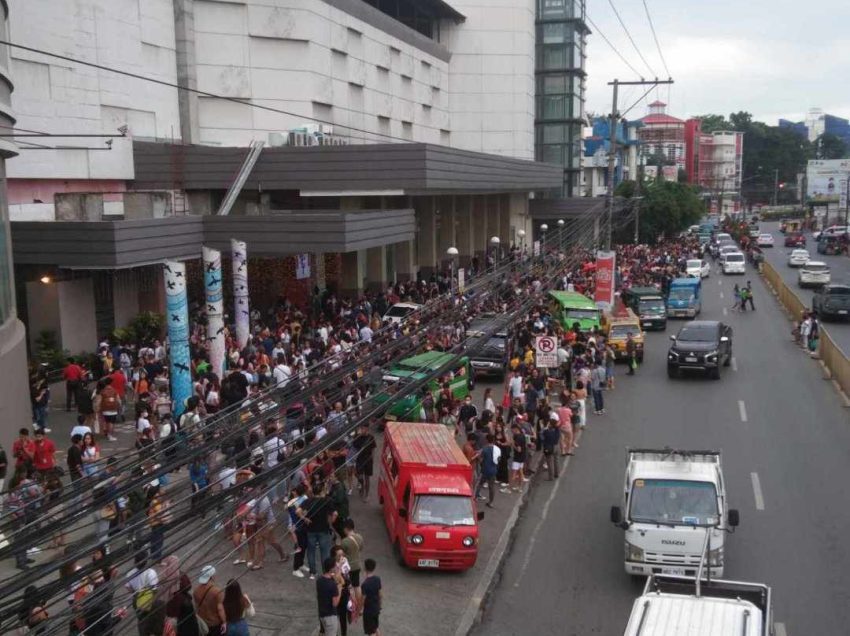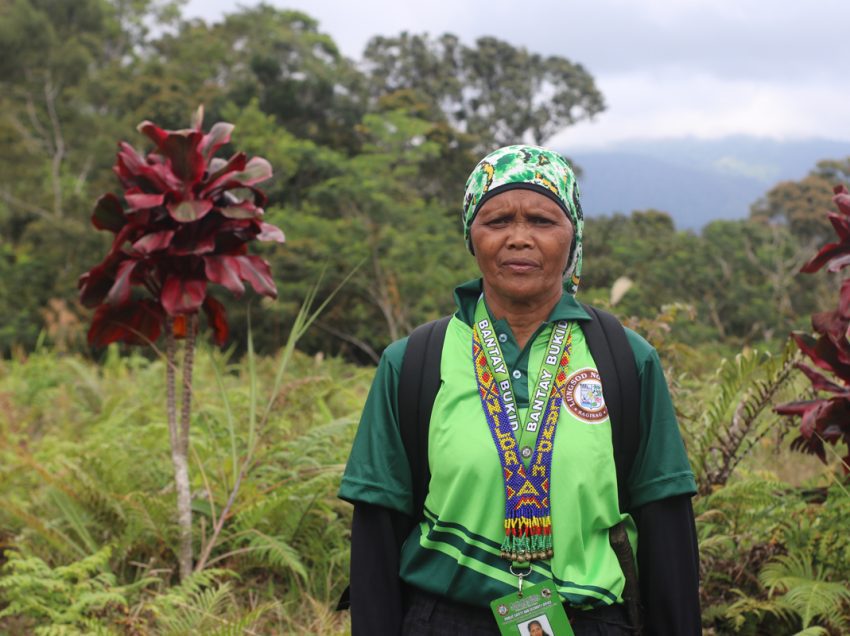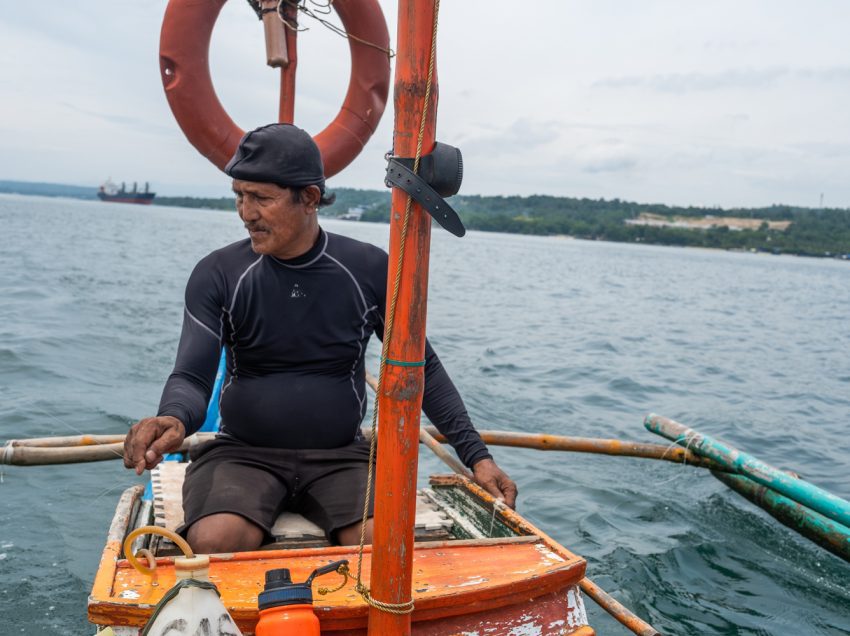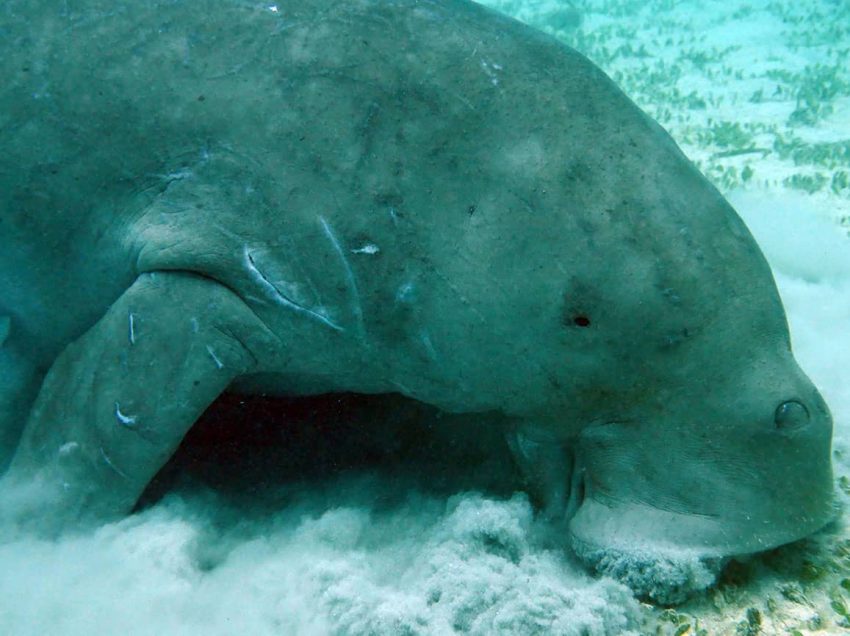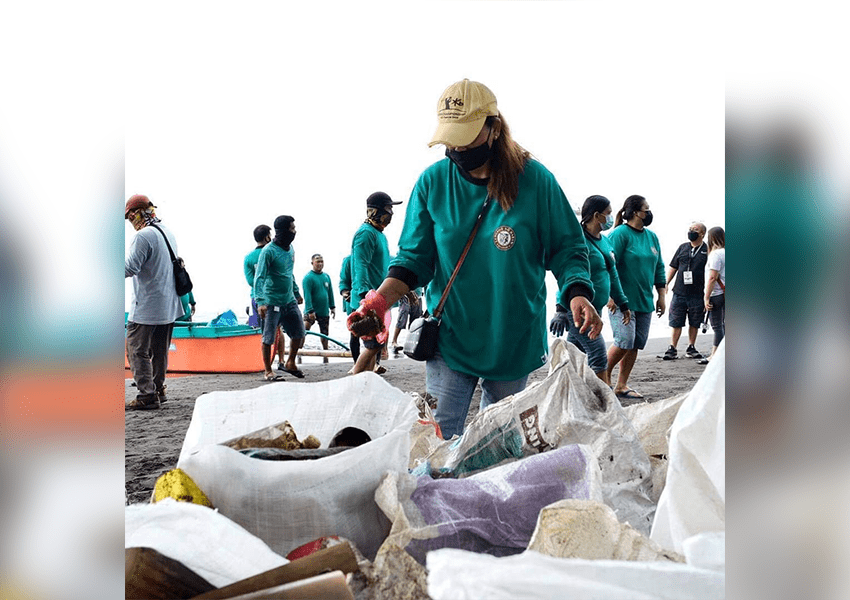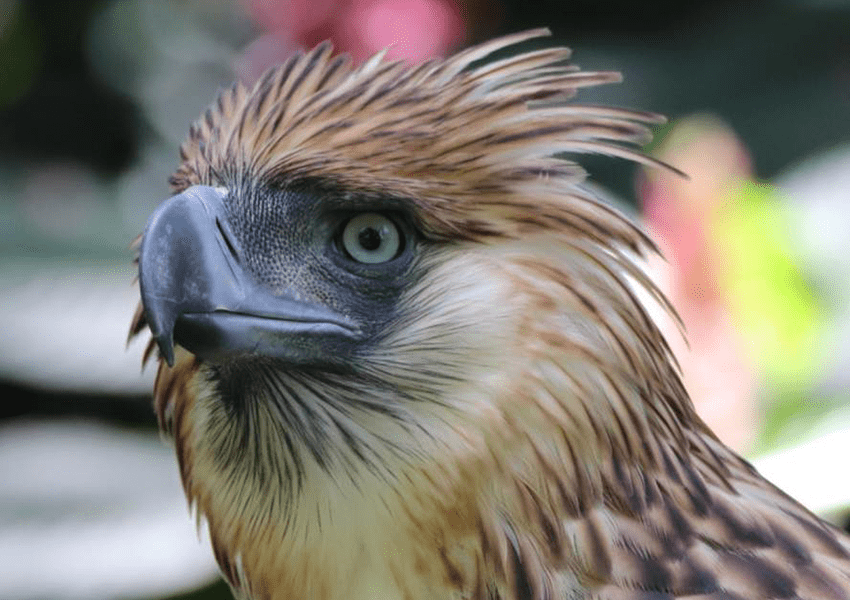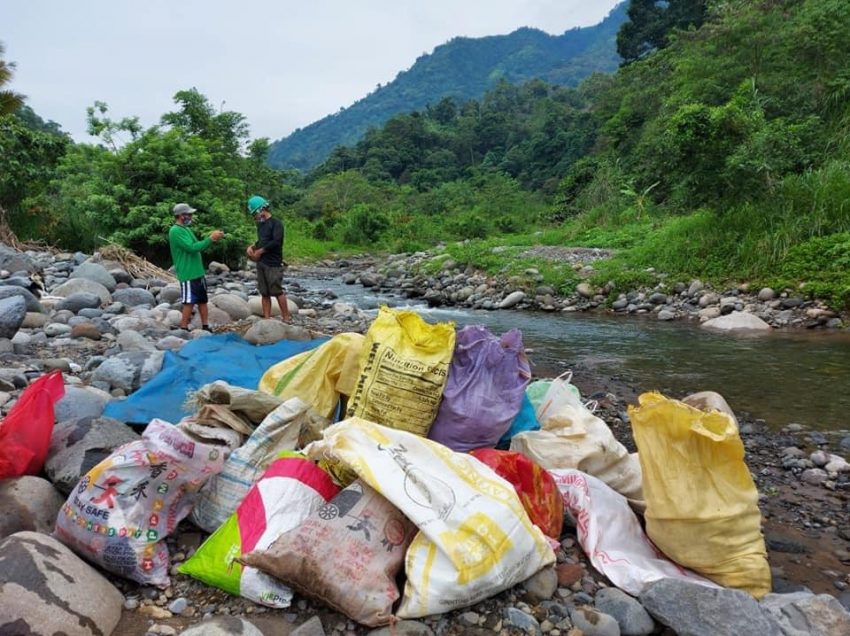A bridge collapsed and one person went missing in Davao Oriental, while 206 families in a Davao de Oro town evacuated as tropical depression Kabayan hit most parts of Mindanao on Monday, December 18.
DAVAO CITY ,Philippines- A magnitude 7 quake in the shores of Sarangani caused damages in shopping malls in Koronadal and…
Protecting the environment has been a risky endeavor in the nation, but a joint program by environment groups has fielded about 300 local indigenous peoples and farmers in Davao to protect the city’s watershed and forests and has yielded results in the past twelve years.
If a proposed China-funded bridge connecting Samal Island and Davao City went ahead, the rich marine ecosystem of Paradise Reef will be threatened, marine biologists say.
Here in IGaCos, efforts to protect dugongs are not without challenges. Without records or data at hand, it is difficult to gauge if its protection efforts truly have an impact.
Single-use plastic wastes collected by volunteer coast guards on a weekly coastal clean-up drive were recycled into hollow blocks and paver bricks for Php 13 each.
Following a social media post that went viral, Davao Today attests that the Philippine eagle (Pithecophaga jefferyi) – as seen in the 1,000-piso polymer banknote – exists and can be seen live at the Philippine Eagle Foundation (PEF) in Brgy. Calinan this city.
DAVAO CITY, Philippines – The Philippine Eagle Foundation (PEF), along with the local government of Arakan and Cotabato Electric Cooperative…
Ateneo de Davao University is launching a campaign to re-introduce the ‘bayong’ in the city’s largest public market Bankerohan to help reduce the use of plastic bags in the city.
A non-governmental group will conduct a survey to gauge the level of public awareness on environment-related local policies and programs.


